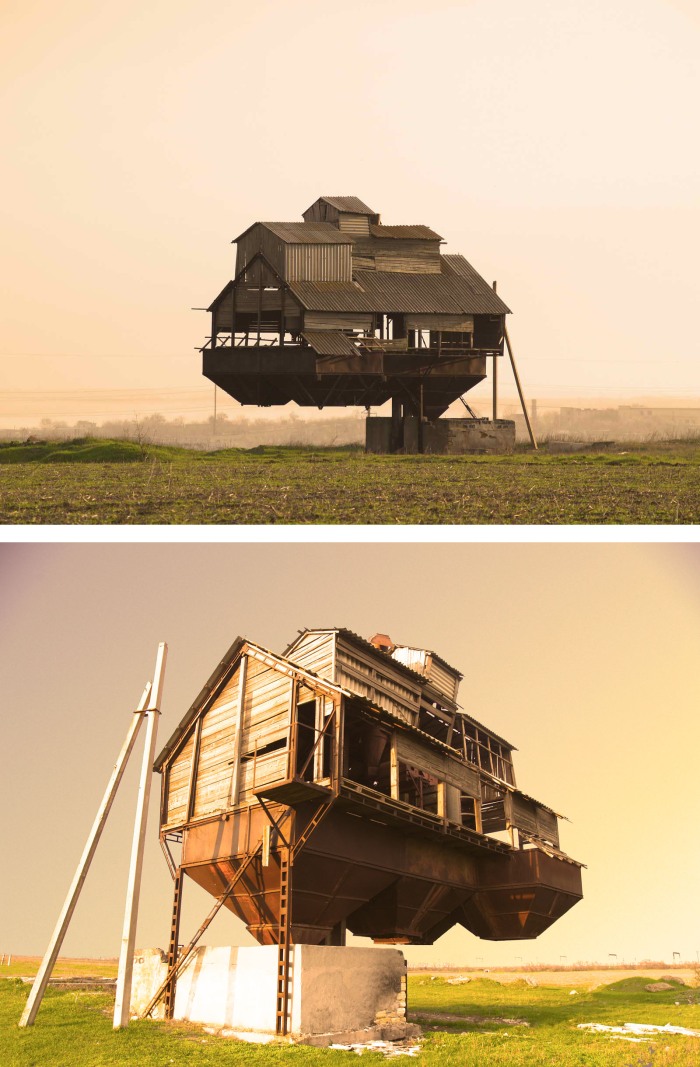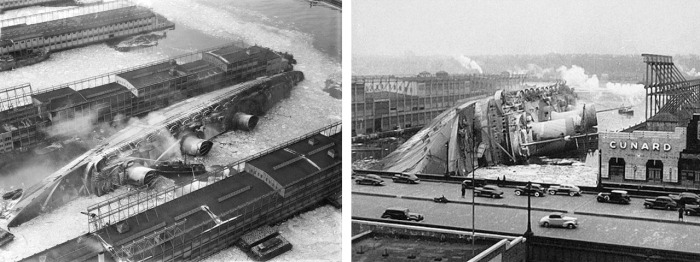It happens to all of us: The first scratch on your car, your favourite cup in 13 pieces…
Our western mentality will be sad or even angry when dealing with damaged goods. But if you should look at it from the other side (Japan, in this case) you will learn something valuable.
Throwaway society vs Lifecycle society..
If the cup is fallen, and lying on the floor in 13 pieces, we tend to yell #%*! and throw it away. but: Why not trying to repair it? Because we feel embarrassed for old and broken things, NEW is the word we grew up with! Imagine, your whole family is coming over for Christmas dinner and half of the people is eating from mended plates…? But then again: the world has changed, new, New, NEW! is losing terrain, ReCycle, Sustainability and “If it works, it works” are gaining attention.
Wabi Sabi
In Japan there is an old philosophy called: ‘Wabi Sabi’ these two words weren’t always linked together, but the combination is and sounds great, much like Ping-Pong. ‘Wabi’ meaning as much as ‘Living in Harmony’, ‘Sabi’ is beauty or serenity that comes with age. It celebrates imperfections, decay, shortcomings and incompleteness (the things making autumn so beautiful and our friends so interesting). So, instead of throwing away the pieces, they mend it carefully, celebrating the cracks by filling them with gold or silver lacquer, because they believe when something suffered damage and has a history it becomes more beautiful. (just like your friends sometimes…)
Celebrate your shortcomings!
We kennen het allemaal: De eerste kras op je auto, je favoriete kopje in 13 stukken …
Met onze westerse mentaliteit zullen we verdrietig of zelfs boos zijn. Maar als je het van de andere kant bekijkt (Japan, in dit geval) kan je iets waardevols leren.
Wegwerpmaatschappij vs Levensloopmaatschappij..
Als het kopje is gevallen, en op de vloer ligt in 13 stukken, hebben we de neiging om #%*! te schreeuwen en de scherven daarna in de prullenbak te gooien. maar waarom proberen we het niet meer te repareren? Omdat we schamen voor oude en kapotte dingen, NIEUW! is het woord waarmee we zijn opgegroeid. Stel je voor, je hele familie komt langs voor het kerstdiner en de helft eet van gerepareerde borden… Maar nogmaals: de wereld is veranderd, nieuw, Nieuw, NIEUW! verliest terrein, ReCyclen, Duurzaamheid en “Als het werkt, werkt het’ horen we steeds vaker.
Wabi Sabi
In Japan is er een oude filosofie genaamd: ‘Wabi Sabi’ deze twee woorden waren niet altijd met elkaar verbonden, maar de combinatie is en klinkt geweldig, net als Ping-Pong. ‘Wabi’ betekent zoveel als ‘Leven in Harmonie’, ‘Sabi’ is schoonheid en de sereniteit die komt met de jaren. Het viert imperfectie, verval, tekortkomingen en onafheid (de dingen waardoor de herfst zo mooi is en onze vrienden zo interessant zijn). Dus, in plaats van de scherven weg te gooien, repareren ze het voorzichtig, en benadrukken ze de scheuren door ze te vullen met lak van goud of zilver, omdat ze geloven dat als er iets beschadigd is en een geschiedenis heeft, dat het daarmee mooier is geworden. (net als onze vrienden soms …)
Dus: Vier je tekortkomingen!


